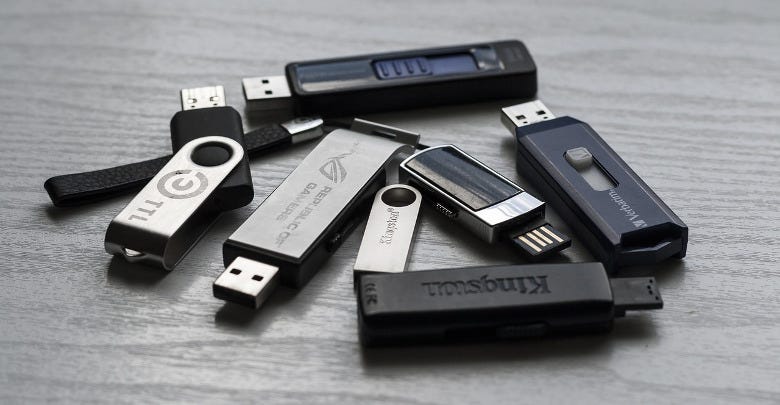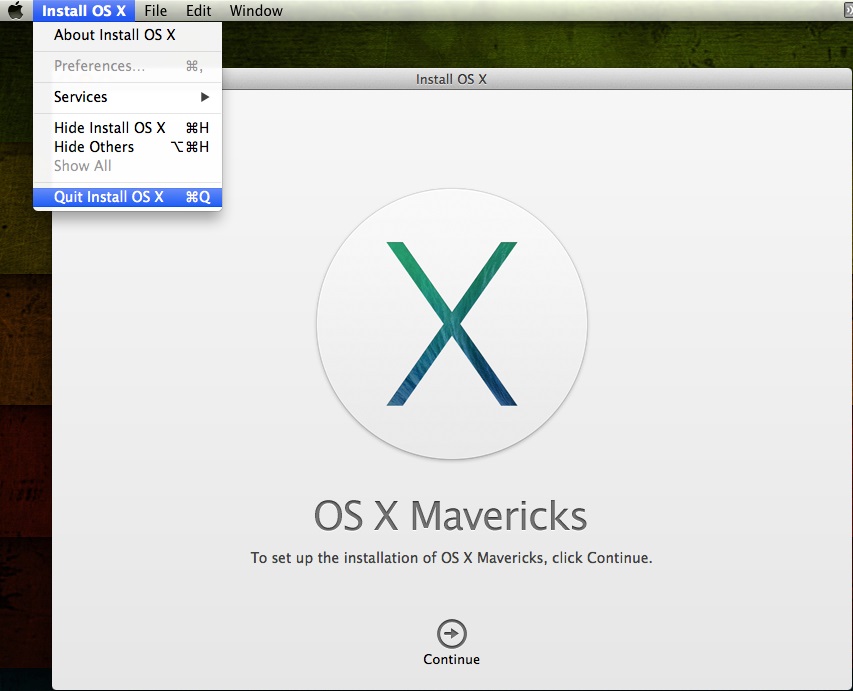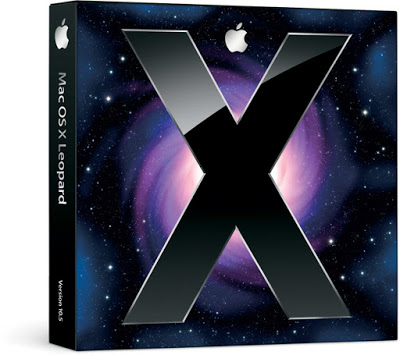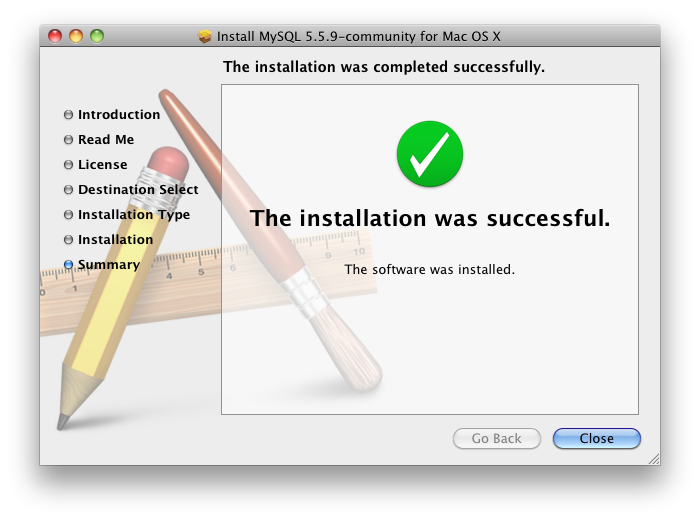- For those of you who get to this page using Xcode 4.3 and Lion, the command line tools are no longer bundled by default, and there is no /Developer anymore. To install them, open Xcode, go to Preferences - Downloads - Components - Command Line Tools. This should install make, gcc etc.
- Though you can install Mavericks (OS X 10.9) directly from your Mac's hard drive, a bootable installer drive can be more convenient for installing the OS onto multiple Macs. And if your Mac is.
- Install Apache for Mac OS X. Mac OS is ultimately built on Unix so its very easy to install any Unix supporting softwares. Even better part is that Mac OS X comes with apache web server and we just need to start it and make some changes to setup our development environment.
Reinstall from macOS Recovery
Install Mac OS X Yosemite on VMware, and it is the 11th major release of Mac, Apple company. Therefore, this version of Mac OS X Yosemite is 10.10 and it was the old version of macOS operating system among the other operating systems. Insert Apple OS X Install DVD into Optical Drive. Launch Disk Utility and click on the OS X Install DVD from the left-hand menu. Click on the Restore tab and verify that the Mac OS X Install DVD.
macOS Recovery makes it easy to reinstall the Mac operating system, even if you need to erase your startup disk first. All you need is a connection to the Internet. If a wireless network is available, you can choose it from the Wi-Fi menu , which is also available in macOS Recovery.
Install Make For Mac Os X 10.8


1. Start up from macOS Recovery
To start up from macOS Recovery, turn on your Mac and immediately press and hold one of the following sets of keys on your keyboard. Release the keys when you see an Apple logo, spinning globe, or other startup screen.
Command (⌘)-R
Reinstall the latest macOS that was installed on your Mac (recommended).
Option-⌘-R
Upgrade to the latest macOS that is compatible with your Mac.
Shift-Option-⌘-R
Reinstall the macOS that came with your Mac, or the closest version still available.
You might be prompted to enter a password, such as a firmware password or the password of a user who is an administrator of this Mac. Enter the requested password to continue.
When you see the utilities window, you have started up from macOS Recovery.

2. Decide whether to erase (format) your disk
You probably don't need to erase, unless you're selling, trading in, or giving away your Mac, or you have an issue that requires you to erase. If you need to erase before installing macOS, select Disk Utility from the Utilities window, then click Continue. Learn more about when and how to erase.
3. Install macOS
When you're ready to reinstall macOS, choose Reinstall macOS from the Utilities window. Then click Continue and follow the onscreen instructions. You will be asked to choose a disk on which to install.
- If the installer asks to unlock your disk, enter the password you use to log in to your Mac.
- If the installer doesn't see your disk, or it says that it can't install on your computer or volume, you might need to erase your disk first.
- If the installer is for a different version of macOS than you expected, learn about macOS Recovery exceptions.
- If the installer offers you the choice between installing on Macintosh HD or Macintosh HD - Data, choose Macintosh HD.

Please allow installation to complete without putting your Mac to sleep or closing its lid. During installation, your Mac might restart and show a progress bar several times, and the screen might be empty for minutes at a time.
If your Mac restarts to a setup assistant, but you're selling, trading in, or giving away your Mac, press Command-Q to quit the assistant without completing setup. Then click Shut Down. When the new owner starts up the Mac, they can use their own information to complete setup.
macOS Recovery exceptions
Install Mac Os From Usb
The version of macOS offered by macOS Recovery might vary in some cases:
- If macOS Sierra 10.12.4 or later has never been installed on this Mac, Option-Command-R installs the macOS that came with your Mac, or the closest version still available. And Shift-Option-Command-R isn't available.
- If you erased your entire disk instead of just the startup volume on that disk, macOS Recovery might offer only the macOS that came with your Mac, or the closest version still available. You can upgrade to a later version afterward.
- If your Mac has the Apple T2 Security Chip and you never installed a macOS update, Option-Command-R installs the latest macOS that was installed on your Mac.
- If you just had your Mac logic board replaced during a repair, macOS Recovery might offer only the latest macOS that is compatible with your Mac.
If you can't get macOS Recovery to offer the installer you want, you might be able to use one of the other ways to install macOS.
Other ways to install macOS
- You can also install macOS from the App Store or Software Update preferences. If you can't install macOS Catalina, you might be able to install an earlier macOS, such as macOS Mojave, High Sierra, Sierra, El Capitan, or Yosemite.
- Or create a bootable installer disk, then use that disk to install macOS on your Mac or another Mac.
When nothing else worked when trying to install Mac OS X Leopard onto my PowerBook G4 1.67GHz without the original installation DVD, here's what eventually did.
What you'll need
- PowerPC-based Mac you want to install OS X on by using a USB drive
- ...USB drive (16GB or more in capacity; 8GB might work, but come on, it's 2020)
- Second old Mac that already boots Mac OS X Leopard (other versions may work, but are untested. All I know is that my macOS Catalina hackintosh did NOT work)

1. Start up from macOS Recovery
To start up from macOS Recovery, turn on your Mac and immediately press and hold one of the following sets of keys on your keyboard. Release the keys when you see an Apple logo, spinning globe, or other startup screen.
Command (⌘)-R
Reinstall the latest macOS that was installed on your Mac (recommended).
Option-⌘-R
Upgrade to the latest macOS that is compatible with your Mac.
Shift-Option-⌘-R
Reinstall the macOS that came with your Mac, or the closest version still available.
You might be prompted to enter a password, such as a firmware password or the password of a user who is an administrator of this Mac. Enter the requested password to continue.
When you see the utilities window, you have started up from macOS Recovery.
2. Decide whether to erase (format) your disk
You probably don't need to erase, unless you're selling, trading in, or giving away your Mac, or you have an issue that requires you to erase. If you need to erase before installing macOS, select Disk Utility from the Utilities window, then click Continue. Learn more about when and how to erase.
3. Install macOS
When you're ready to reinstall macOS, choose Reinstall macOS from the Utilities window. Then click Continue and follow the onscreen instructions. You will be asked to choose a disk on which to install.
- If the installer asks to unlock your disk, enter the password you use to log in to your Mac.
- If the installer doesn't see your disk, or it says that it can't install on your computer or volume, you might need to erase your disk first.
- If the installer is for a different version of macOS than you expected, learn about macOS Recovery exceptions.
- If the installer offers you the choice between installing on Macintosh HD or Macintosh HD - Data, choose Macintosh HD.
Please allow installation to complete without putting your Mac to sleep or closing its lid. During installation, your Mac might restart and show a progress bar several times, and the screen might be empty for minutes at a time.
If your Mac restarts to a setup assistant, but you're selling, trading in, or giving away your Mac, press Command-Q to quit the assistant without completing setup. Then click Shut Down. When the new owner starts up the Mac, they can use their own information to complete setup.
macOS Recovery exceptions
Install Mac Os From Usb
The version of macOS offered by macOS Recovery might vary in some cases:
- If macOS Sierra 10.12.4 or later has never been installed on this Mac, Option-Command-R installs the macOS that came with your Mac, or the closest version still available. And Shift-Option-Command-R isn't available.
- If you erased your entire disk instead of just the startup volume on that disk, macOS Recovery might offer only the macOS that came with your Mac, or the closest version still available. You can upgrade to a later version afterward.
- If your Mac has the Apple T2 Security Chip and you never installed a macOS update, Option-Command-R installs the latest macOS that was installed on your Mac.
- If you just had your Mac logic board replaced during a repair, macOS Recovery might offer only the latest macOS that is compatible with your Mac.
If you can't get macOS Recovery to offer the installer you want, you might be able to use one of the other ways to install macOS.
Other ways to install macOS
- You can also install macOS from the App Store or Software Update preferences. If you can't install macOS Catalina, you might be able to install an earlier macOS, such as macOS Mojave, High Sierra, Sierra, El Capitan, or Yosemite.
- Or create a bootable installer disk, then use that disk to install macOS on your Mac or another Mac.
When nothing else worked when trying to install Mac OS X Leopard onto my PowerBook G4 1.67GHz without the original installation DVD, here's what eventually did.
What you'll need
- PowerPC-based Mac you want to install OS X on by using a USB drive
- ...USB drive (16GB or more in capacity; 8GB might work, but come on, it's 2020)
- Second old Mac that already boots Mac OS X Leopard (other versions may work, but are untested. All I know is that my macOS Catalina hackintosh did NOT work)
Part 1: Preparing the disk image for restore
Install Make Mac Os X
- Boot up your second old Mac running Mac OS X Leopard
- Download #31 (Leopard_10_5_4.dmg_.zip) from here and extract the DMG
- Scan the DMG for restore using Disk Utility ('Images' -> 'Scan Image For Restore...')
- Lock the DMG (right-click -> 'Get Info' -> check 'Locked')
Part 2: Restoring the disk image to the USB
- Format your USB as 'Mac OS Extended (Journaled)' using the 'Apple Partition Map' using Disk Utility
- Restore the DMG to your USB using Disk Utility, making sure you check 'Erase destination' (open the Restore tab, drag and drop the DMG to the 'Source' field, drop and drop the partition you formatted in Part2Step1 to the 'Destination' field)
- Eject your USB drive and plug it into the PowerPC-based Mac you want to install OS X on
Part 3: Installing Mac OS X (okay kids, this is where it gets complicated - mostly copy/pasted from here; follow that if this doesn't work for some reason)
Download For Mac Os X
- Boot your PowerPC-based Mac into OpenFirmware (power it down and hold Command + Option + O + F while powering it back up)
- Run dev / ls and look for the entry with '/disk@1' at the end of it (in my case 'usb@1b,1')
- Run devalias and look for the entry with the text you found in Part3Step2 at the end of it (in my case 'usb0')
- Run dir text_from_Part3Step3/disk@1:3,SystemLibraryCoreServices (a.k.a. dir usb0/disk@1:3...) and make sure the entry that contains 'BootX' also contains 'tbxi' (if it doesn't, panic!)
- Run boot text_from_Part3Step3/disk@1:3,SystemLibraryCoreServicesBootX (a.k.a. boot usb0/disk@1:3...)
- You should see a little spinner, then some white-on-grey text, and finally the Apple logo. Congratulations, you've successfully booted your accursed PowerPC Mac from a USB drive! The installation process is the same from here on out as if you were booting from an official Mac OS X Install DVD.
